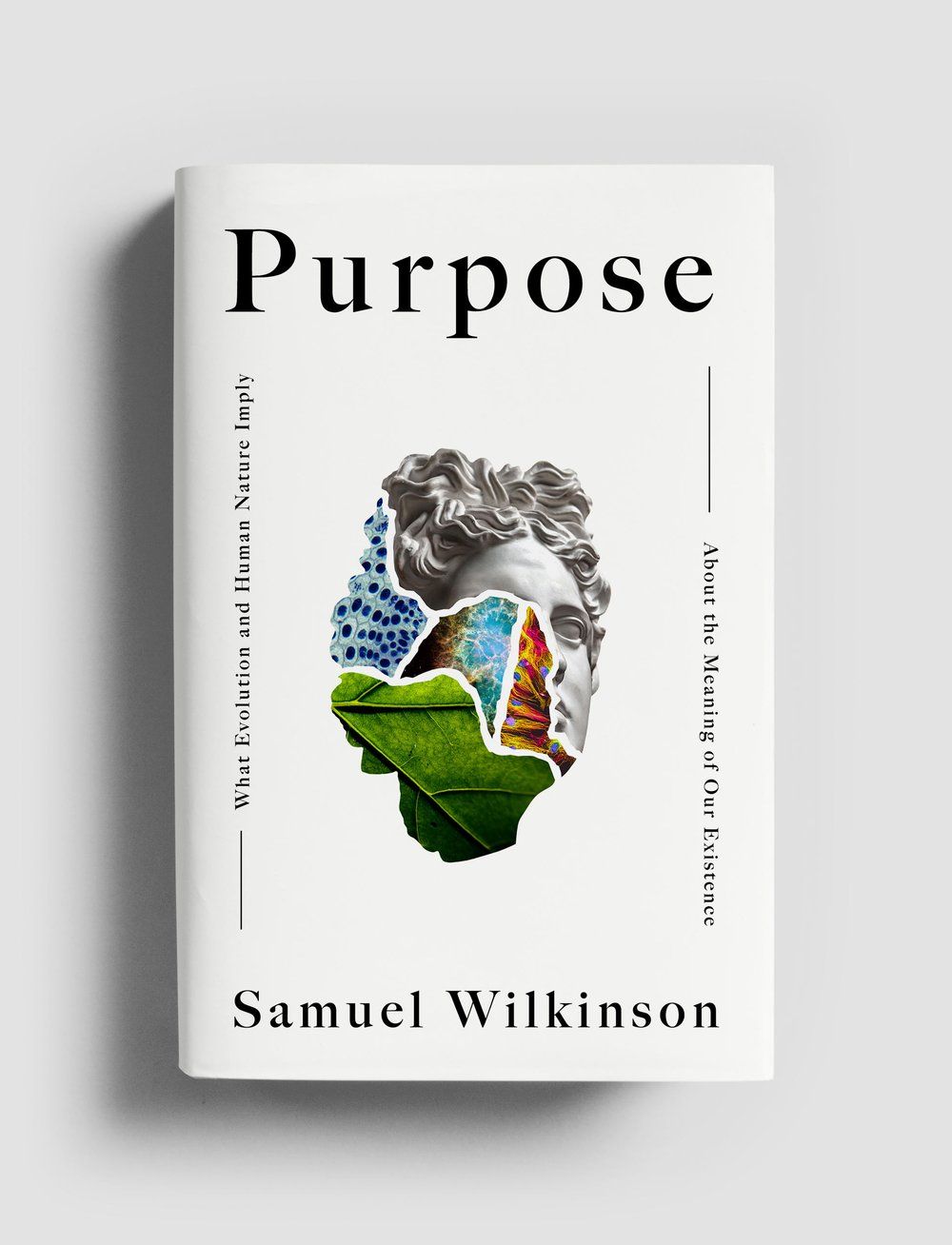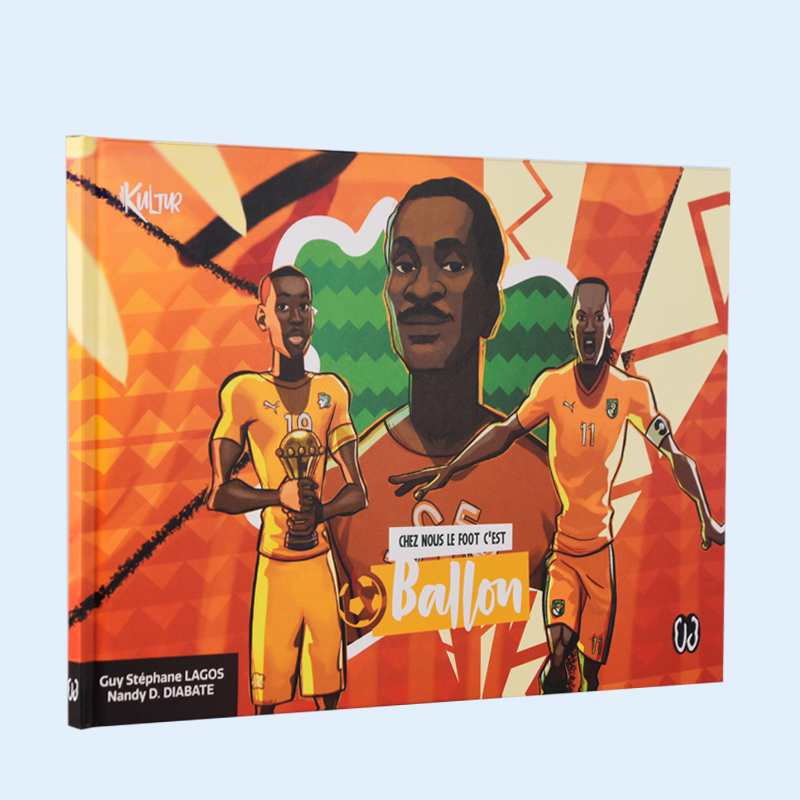What Is The Cheapest Way To Make A Book?
If you’re diving into self-publishing, one of your primary concerns will be finding economical options for book printing. Every initial expenditure—from binding to cover design to marketing—can significantly eat into your profits. Moreover, marketing your book is another financial endeavor, making it essential to keep printing costs low while still producing a quality product.
Fortunately, various affordable printing services can help you get your book into the hands of readers without putting a strain on your finances. This article will explore reliable low-cost book printing options and offer strategies to minimize your printing expenses.
Spis treści
Understanding the Costs of Book Printing
The cost of custom book printing can vary widely, typically ranging from $2 to $10 or more per copy. Lower-priced printing options may lack certain features, such as full-color images or hardcover bindings. However, it’s vital not to compromise on quality in pursuit of savings. Readers often seek high-quality books; therefore, it’s essential to strike a balance between quality and cost.
Factors Influencing Printing Costs
Quantity of Prints: The number of copies you wish to print directly impacts pricing. Many printing companies offer bulk discounts, making it more economical to print larger quantities.
Jakość papieru: The type of paper used can affect both the tactile experience of your book and the overall cost. Standard options tend to be more affordable than specialty papers.
Book Size and Format: The dimensions of your book play a significant role in production costs. Smaller formats, like mass-market paperbacks, are usually cheaper than larger trade or hardcover editions.
Binding Type: The method used to bind your book can either inflate or reduce your costs. For instance, perfect binding is typically less expensive than case binding due to the materials and labor involved.
Design Elements: Additional design features, such as color printing and custom illustrations, can drive up costs. It’s crucial to weigh these enhancements against your budget.
Opłaty za wysyłkę: Heavier or larger books incur higher shipping costs. Be sure to factor this into your overall budget when deciding on your book’s design and format.
Key Considerations for Economical Book Printing
Bulk Printing vs. Print-on-Demand Many printing services offer discounts for bulk orders, which can help reduce costs significantly. However, this approach necessitates a considerable upfront investment. Print-on-demand services, on the other hand, are perfect for authors who wish to minimize initial expenditures, as they allow for smaller print runs without upfront costs. The decision largely depends on your confidence in selling the volume of books ordered.
Selecting Standard Sizes and Weights The dimensions and weight of your book can greatly influence printing costs. For instance, trade paperbacks are generally cheaper to print than hardcover editions, which require more durable materials. Opting for standard paper sizes and weights can help you avoid additional fees associated with custom specifications.
Choosing the Right Binding Type The binding method significantly affects your book’s overall quality and cost. Case bindings, typical for hardcovers, are more expensive and labor-intensive. Perfect binding, commonly used for paperbacks, involves simpler techniques and materials, making it a more economical option. Consider your target audience and pricing strategy when deciding on binding.
Determining Book Size The size of your book will also impact printing costs. Smaller formats, like mass-market paperbacks, tend to be cheaper than larger trade or hardcover editions. Keep in mind that larger books will incur higher production expenses, so plan your book size according to your budget and market expectations.
Optimizing Page Count Each additional page increases the printing costs, so it’s vital to strike a balance between the content you want to include and the budget you have in mind. Additionally, remember that the more pages you have, the more paper you will need, which can substantially raise costs. Ensure that the font size remains legible to your readers while keeping page count in check.
Minimizing Shipping Expenses Larger and heavier books can significantly raise shipping costs. When finalizing your design, discuss shipping options with your printer to estimate costs accurately. Bundling printing with shipping services may also help you save on logistics. Some companies offer combined services, ensuring your books are printed and shipped efficiently.
Comparing Quotes from Various Printers Obtaining multiple quotes from different printing companies allows you to effectively compare pricing and services. This process not only helps identify potential hidden fees but also allows you to gauge the quality of work offered by various printing companies. Requesting samples can provide insight into the craftsmanship involved.
Strategies to Save on Book Printing Costs
Researching and Engaging with Printers Start by reaching out to various printers and fulfillment companies to gather information about their pricing and services. A comprehensive understanding will help you make informed decisions.
Utilizing Technology Leverage online tools and platforms to compare printing services and obtain quotes quickly. Many printing companies now provide instant online pricing calculators, streamlining the process.
Evaluating Samples Requesting samples from potential printers is an excellent way to assess their quality and ensure that their output meets your standards. Examining physical examples of their work can provide insight into the craftsmanship involved.
Considering Local Options Sometimes local printing companies can offer better rates, particularly when you factor in shipping costs. Supporting local businesses may also yield benefits in customer service and collaboration.
Understanding Turnaround Times Inquire about production and shipping timelines, as rushed orders often incur additional fees. Planning ahead can help you avoid these surcharges.
Exploring Crowdfunding If you’re facing financial constraints, consider using crowdfunding platforms to raise capital for your book project. Engaging with your audience early on can generate support and pre-orders, helping to alleviate initial costs.
Joining Author Collectives Many authors find it beneficial to join collectives or cooperatives that pool resources for printing. These organizations can offer collective bargaining power for better rates.
Additional Tips for Successful Self-Publishing
Marketing and Distribution Develop a solid marketing strategy before your book is printed. Effective marketing can drive sales and offset some of your printing costs. Consider social media campaigns, author readings, and engaging with online book communities.
Professional Editing and Proofreading Quality content is key to a successful book. Investing in professional editing and proofreading can elevate your work and attract readers. While this may increase initial costs, the long-term benefits of producing a polished book can outweigh the investment.
Creating an Eye-Catching Cover A professionally designed cover can significantly influence sales. Since the cover is often the first thing potential readers see, make sure it effectively represents your book’s content and appeals to your target audience.
Utilizing Print-on-Demand for Flexibility If you are unsure about the demand for your book, consider utilizing print-on-demand services to maintain flexibility. This approach allows you to adjust your print quantities based on sales and reader interest.
Networking with Other Authors Building relationships with other authors can provide invaluable insights and resources. Networking can lead to opportunities for collaborative marketing efforts and sharing printing resources, reducing costs for everyone involved.
Wniosek
Finding the most affordable way to print a book requires a thorough understanding of the available options and a strategic approach to managing costs associated with self-publishing. By carefully considering factors such as printing methods, binding types, and material choices, you can produce a high-quality book without straining your finances.
Engaging with multiple printing services, seeking out discounts, and exploring innovative solutions can also significantly reduce your expenses. Ultimately, the goal is to ensure that your readers receive a quality book while you maintain a healthy profit margin. With careful planning and the right resources, you can successfully navigate the world of self-publishing and share your literary work with the world.
Często zadawane pytania
1. Dlaczego książki w twardej oprawie są zazwyczaj droższe od książek w twardej oprawie?
Książki w twardej oprawie zazwyczaj wymagają droższych materiałów, takich jak tkanina lub skóra na okładki, i bardziej skomplikowanego procesu oprawiania. Złożoność produkcji i komponenty wyższej jakości przyczyniają się do wyższych kosztów w porównaniu do książek w twardej oprawie, które mają prostszą metodę produkcji.
2. Czy książki twarde nadają się dla wszystkich grup wiekowych?
Książki z twardej okładki są specjalnie zaprojektowane dla bardzo małych dzieci, takich jak niemowlęta i maluchy. Są trwałym i bezpiecznym wyborem dla tej grupy wiekowej, podczas gdy książki w twardej oprawie są przeznaczone dla starszych dzieci i dorosłych, oferując bardziej złożone narracje i tematy.
3. Jak określić, jaki format wybrać dla swojego projektu?
Aby określić najlepszy format dla swojej książki, weź pod uwagę grupę docelową, długość treści i budżet. Jeśli Twój projekt jest skierowany do bardzo młodych czytelników, książki kartonowe mogą być najlepszą opcją ze względu na ich trwałość i angażującą treść. W przypadku bardziej złożonych historii lub materiałów edukacyjnych dla starszych czytelników bardziej odpowiednie będą książki w twardej oprawie. Ocena tych czynników pomoże zapewnić udany projekt drukowania.
Podsumowując, zarówno książki w twardej oprawie, jak i książki w twardej oprawie odgrywają ważną rolę w literaturze dla młodych czytelników. Zrozumienie różnic między tymi dwoma formatami może pomóc Ci podejmować świadome decyzje zgodne z celami Twojego projektu, zapewniając, że Twoja publikacja znajdzie oddźwięk u docelowej grupy odbiorców.
Drukowanie książek
Nowe produkty
Ostatni blog
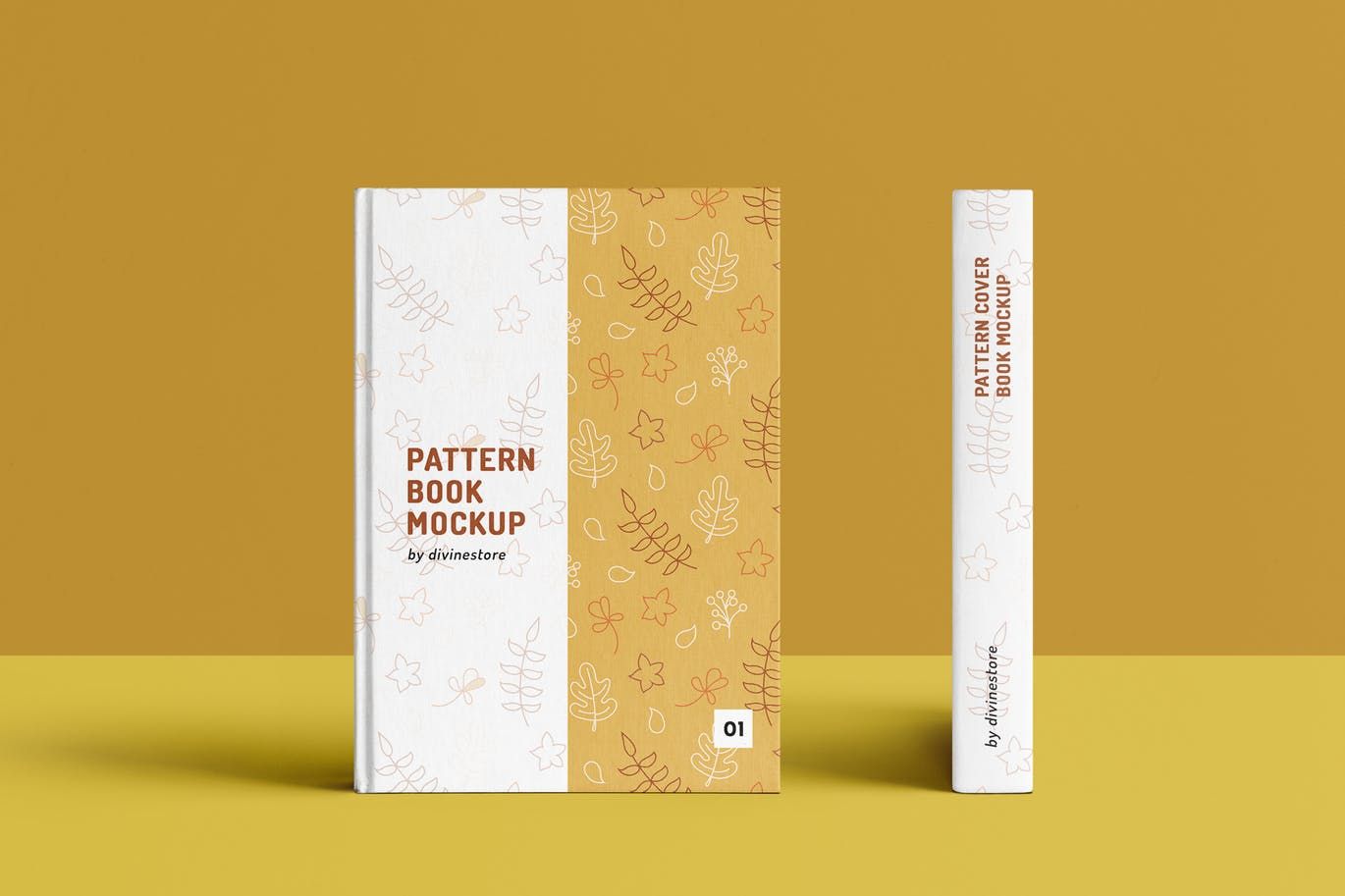
Dlaczego wybór profesjonalnych usług drukowania książek to mądra inwestycja w Twój projekt
Książki mają ponadczasowy urok, oferując unikalny sposób przekazywania wiedzy, historii i idei. Pomimo wzrostu czytania cyfrowego,

Która firma oferująca usługi wydawnicze Print on Demand jest najtańsza?
Technologia druku na żądanie (POD) zrewolucjonizowała branżę wydawniczą, oferując niezależnym autorom
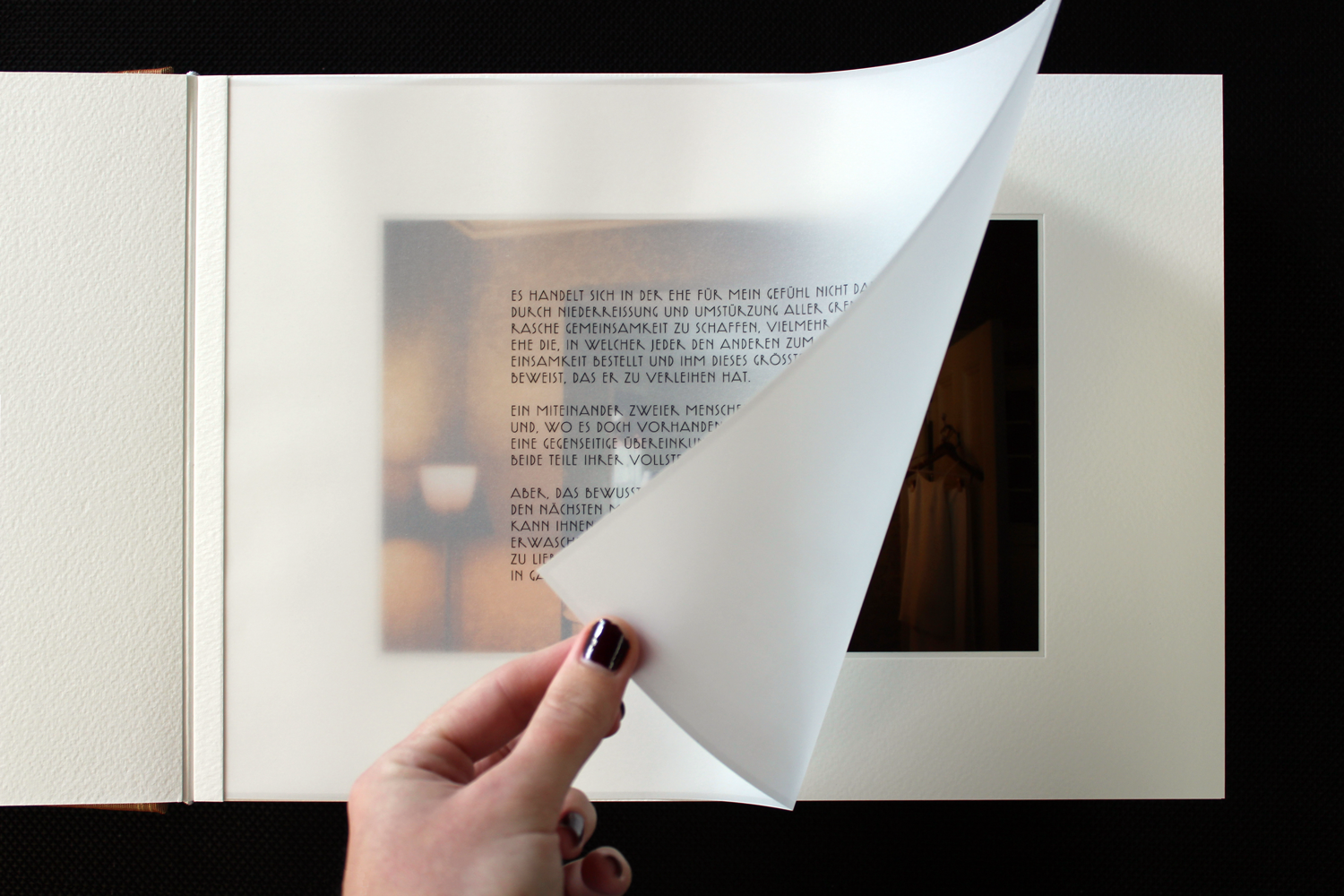
Zachowaj wspomnienia i zaprezentuj swoją pracę dzięki wysokiej jakości drukowaniu albumów fotograficznych
Jeśli chcesz zająć się samodzielnym publikowaniem książek, jednym z Twoich głównych zmartwień będzie znalezienie ekonomicznych opcji drukowania książek
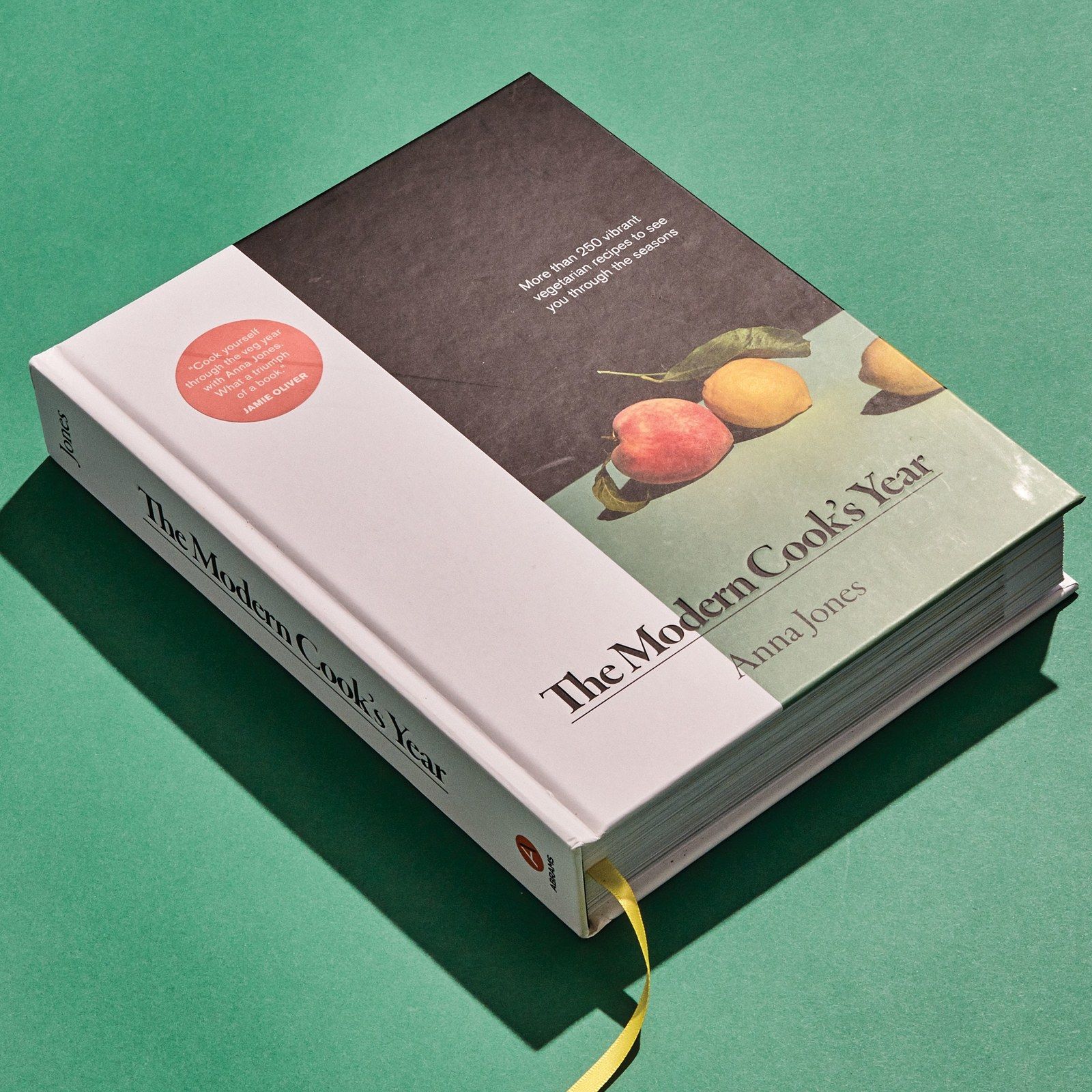
Ile kosztuje introligatorstwo?
Oprawianie książek jest istotną częścią procesu produkcji książek. Niezależnie od tego, czy drukujesz limitowaną edycję powieści, przygotowujesz niestandardowy zeszyt ćwiczeń, czy tworzysz specjalną pamiątkę,
Skontaktuj się z nami
- +86 13946584521
- info@booksprinting.net
- 8:00 - 22:00 (pon. - niedz.)
Uwagi
Powiązany blog
Poznaj najnowsze trendy i wiedzę praktyczną w branży poligraficznej.

Ile kosztuje wydrukowanie 100-stronicowej książki?
Wydrukowanie książki, zwłaszcza 100-stronicowej, wiąże się z różnymi czynnikami, które mogą mieć wpływ na całkowity koszt. Niezależnie od tego, czy jesteś autorem, który chce samodzielnie publikować, czy firmą, która chce drukować materiały promocyjne,
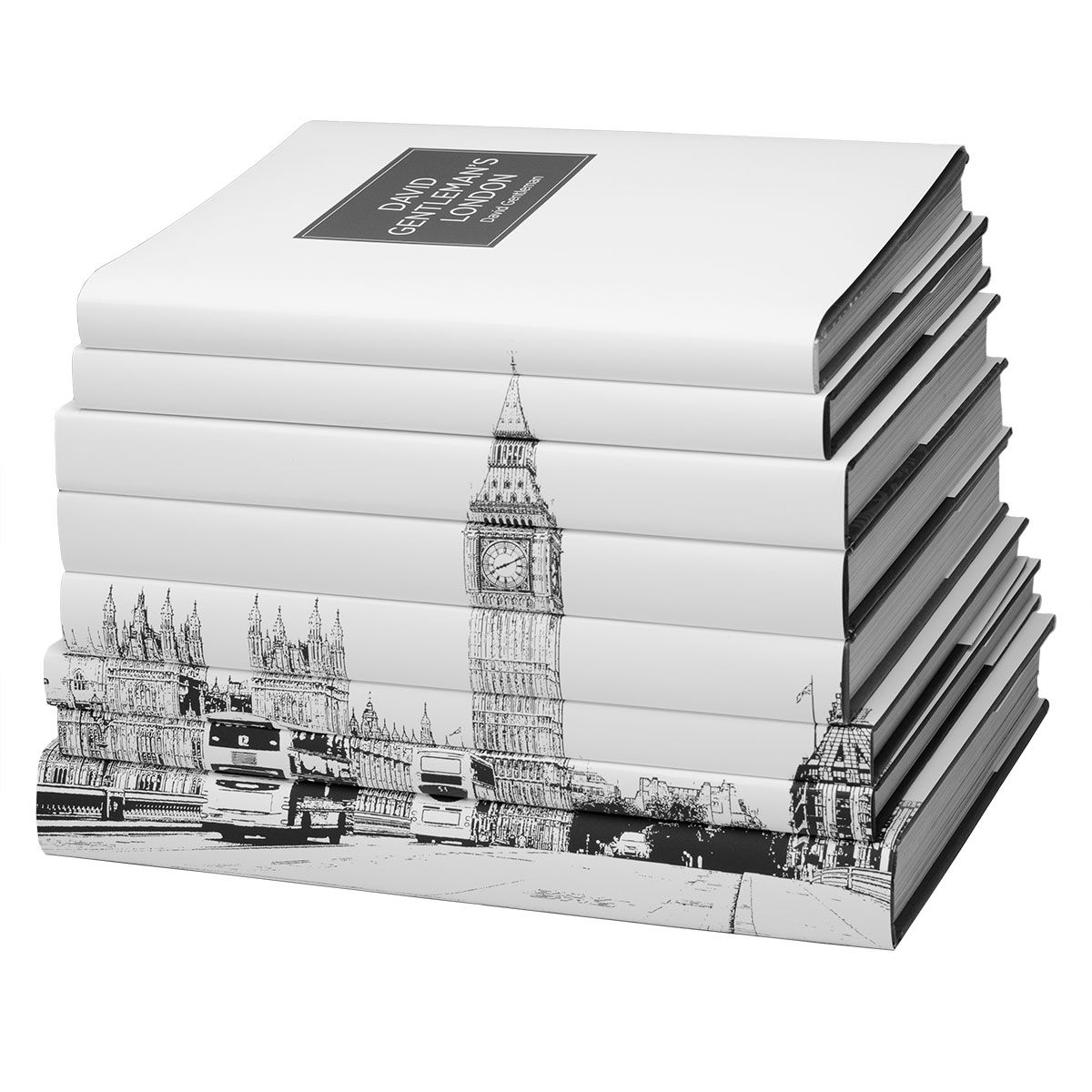
Wybór właściwej fabryki drukującej książki w Chinach
Czy jesteś aspirującym autorem lub self-publisherem, który chce ożywić swoje dzieło literackie? Wybór odpowiedniej drukarni książek to kluczowy krok, który może znacząco wpłynąć na jakość i sukces Twojej publikacji.
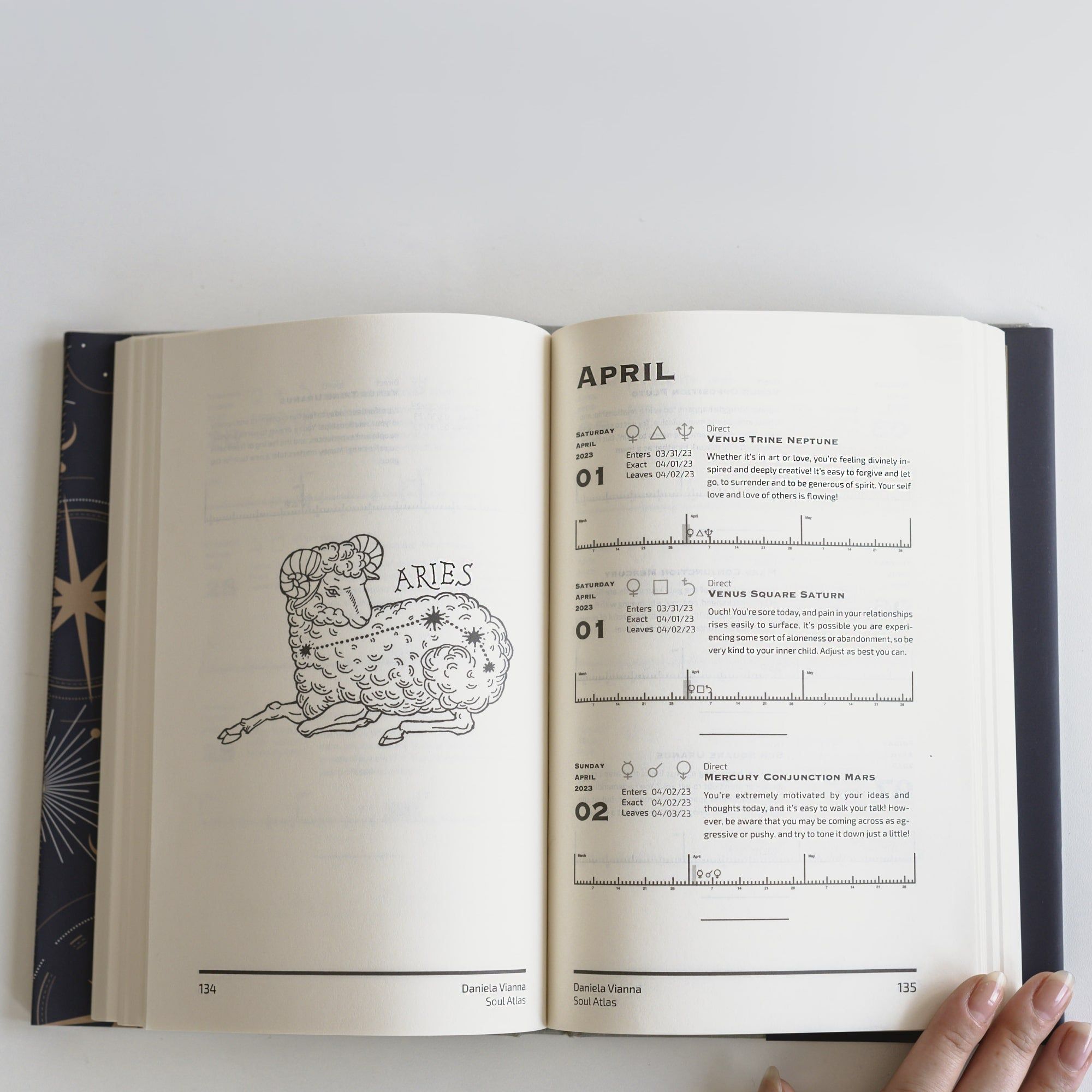
Ile kosztuje wydrukowanie 200-stronicowej książki w miękkiej oprawie?
Wydrukowanie książki to złożony i kosztowny proces, jednak może być satysfakcjonującym doświadczeniem dla autorów, samodzielnych wydawców i przedsiębiorstw z branży wydawniczej.

Dlaczego wybór profesjonalnych usług drukowania książek to mądra inwestycja w Twój projekt
Książki mają ponadczasowy urok, oferując unikalny sposób przekazywania wiedzy, historii i idei. Pomimo wzrostu czytania cyfrowego,

